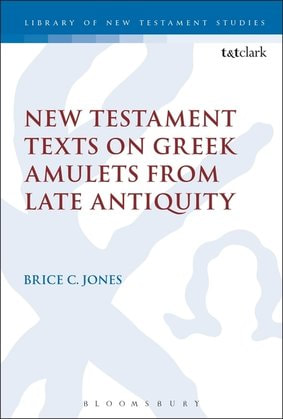 I’ve just returned from the University of Michigan, where I spent a little time examining some manuscripts housed in their Papyrology Collection, the largest such collection in North America and the fifth largest in the world. I have worked on quite a few manuscripts in the Michigan collection but have never had the opportunity to visit the collection in person. It was, needless to say, a very wonderful experience to see both new papyri and some that are very familiar to me. I want to thank Prof. Arthur Verhoogt and Dr. Brendan Haug for the invitation to visit and for being such warm hosts. It was exciting to see the personal notes and transcriptions of Elinor Husselman, Traianos Gagos, and others who have left their mark on the collection, whose history is told in Verhoogt’s forthcoming book, Discarded, Discovered, Collected: The University of Michigan Papyrus Collection (Ann Arbor: University of Michigan Press, 2017). I got a tour of the papyrus “vault” and saw the many boxes, shelves, and lockers containing manuscripts. What a beautiful sight!
There are many papyri that remain unpublished in this collection, so there is a lot of work to be done. Most have not been digitized. As with any large collection, there are thousands of small, unidentified fragments. There are also some larger, more complete ones that have not yet been published. I found an interesting unpublished Coptic papyrus just going through one of the folders. The Coptic materials have historically been subordinated to the Greek materials, and it is very clear that Michigan has scores of unstudied and unpublished Coptic texts. Though it has been studied some and cited, P.Mich. inv. 3992 (a Coptic codex containing parts of John, the Pauline Epistles, Psalms, and Isaiah) really needs to be published—a book project for someone out there. I am working on several papyri in the collection and I hope to be able to share some more news about this in the coming weeks.
0 Comments
|
Archives
December 2020
Categories
All
|



